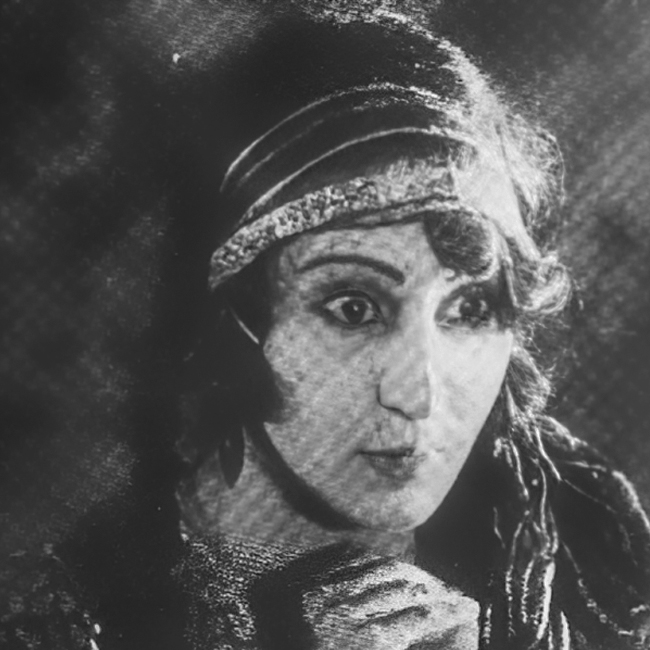
BIBLIOGRAPHY
Dukhtar-i Lur (Īrān-i imrūz va Īrān-i dīrūz) | دخترِ لُر (ایران امروز و ایران دیروز)

Its title translated as The Lor Girl, and also as The Iran of Yesterday and the Iran of Today, Dukhtar-i Lur (1933) was written by ʿAbd al-Ḥusayn Sipantā and directed by Ardashīr Īrānī. With Rūḥʹangīz Sāmīʹnijād and ʿAbd al-Ḥusayn Sipantā as its stars, it was the first Iranian sound film produced in Persian and presented abroad, in an attempt to showcase a positive image of the then state of Iran. Shot in Bombay in 1932, the movie depicts the story of a young girl who, after being kidnapped as a child by bandits, is forced to work as a dancer at a teahouse.
The film Dukhtar-i Lur can be considered as one of the pioneers of talking cinema because it was produced only five years after the first all-talking (talkie) feature film Lights of New York (1928). The movie was remade in the 1970s and titled Jaʿfar va Gulnār (Jafar and Gulnar).
The film is also notable for Rūḥʹangīz Sāmīʹnijād’s performance as the first female performer in an Iranian film for which she attained immediate, but short-lived, fame, as well as eventual infamy and harassment.


